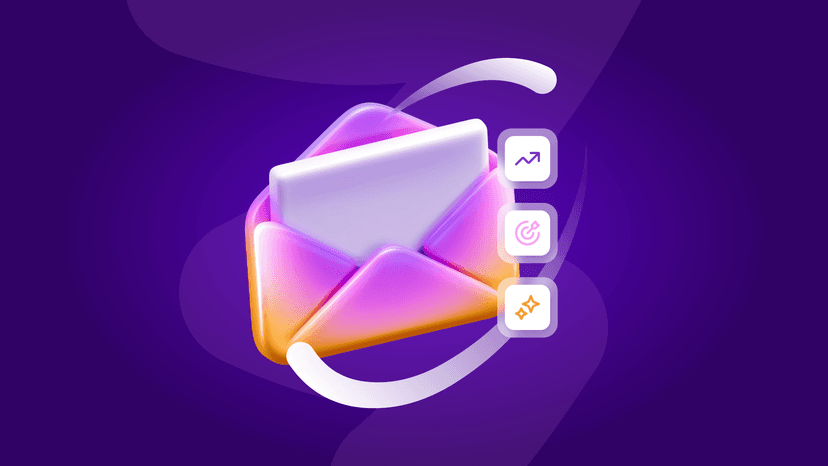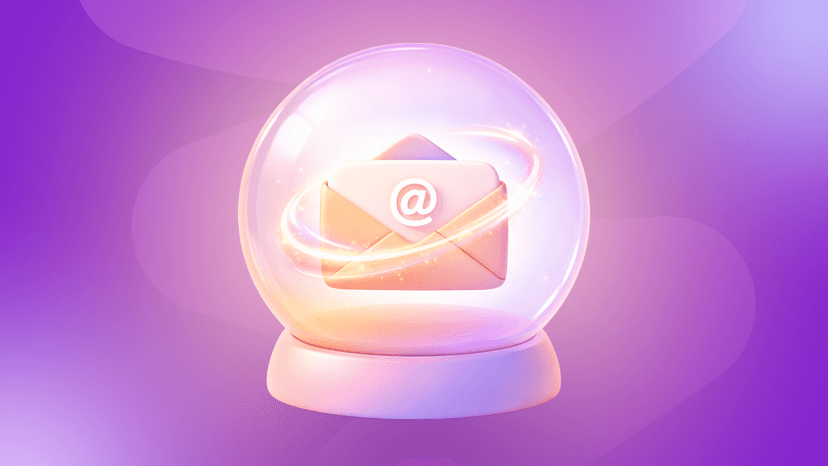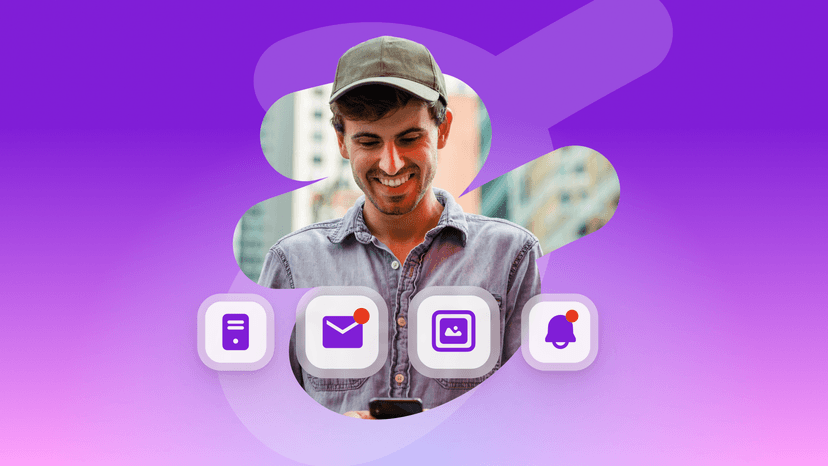How Braze Stays Ahead of the Curve on AI
Published on June 26, 2023/Last edited on June 26, 2023/8 min read
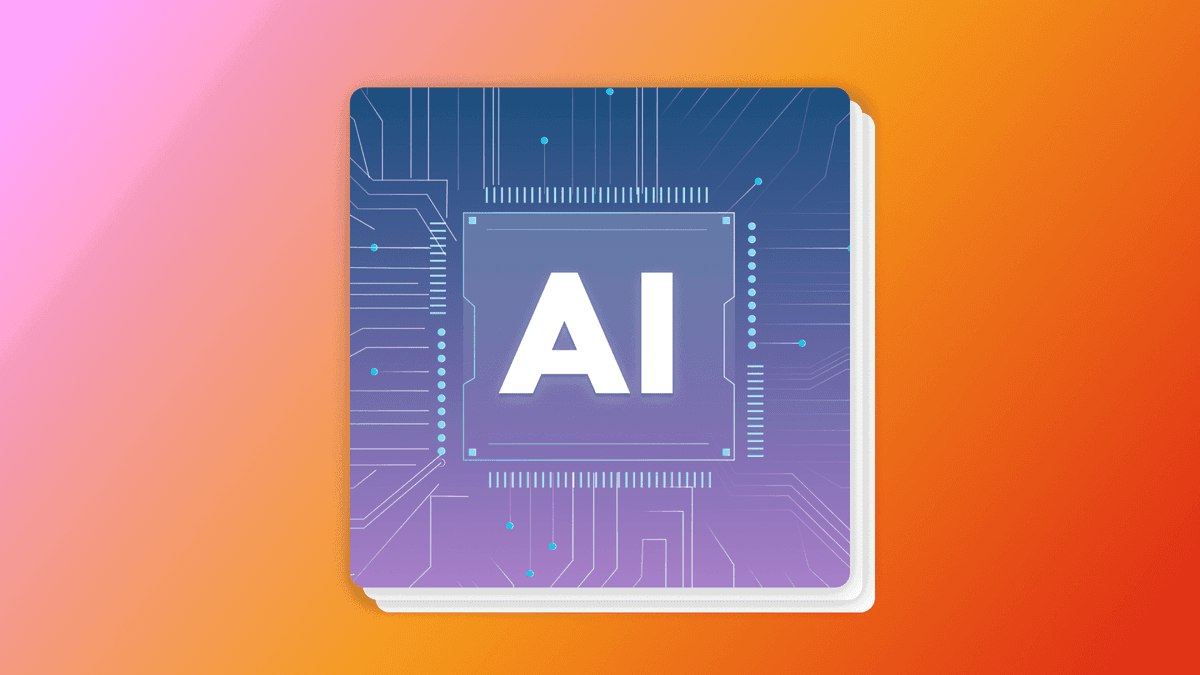

Kevin Wang
Chief Product OfficerSummary
Explore how companies are navigating the transformative impact of generative AI and automation in the current technological landscape. This post delves into the strategic integration of AI within the Braze platform, highlighting key features like the Intelligence Suite, Predictive Suite, and Canvas Flow. Understand the importance of prioritizing AI-driven functionalities to enhance customer engagement and the challenges faced in making these decisions. Learn about the methodologies employed by Braze's Product team to stay ahead in a rapidly evolving market, balancing between experimentation and decisive action. Discover how AI tools like AI Copywriter and AI Image Generator are solving core marketing challenges, driving better outcomes for brands and consumers alike.
Show moreShow less
Contents
We're currently at a pivotal moment for companies across all industries. Over the past year, we’ve seen generative artificial intelligence (AI) and other forms of advanced automation burst into the mainstream with real and powerful use-cases. AI has captured widespread media attention, leading executives, investors, analysts, and others to wonder what the long-term impact of this technology will be. Brands that embrace AI are seeing success, while others need to wonder whether they're missing a technology shift at the scale of the early internet.
Here at Braze, we started early when it came to building AI and advanced automation capabilities into our product, resulting in a wide-range of AI-driven features to support more effective customer engagement. Those capabilities include our Intelligence Suite, Predictive Suite, the Personalized Variant feature within our Canvas Flow customer journey tool, and a collection of creative tools (e.g. our AI Copywriter and AI Image Generator). But while the decision to prioritize this part of our product was an important one, it wasn’t easy or obvious, and plenty of other companies made the understandable choice to go a different way.
Staying ahead of the curve is a challenge for any company, but it’s a core responsibility of a successful Product team. To provide some insight into how we made the call on AI, let’s take a look at how we decided to prioritize this sort of functionality and how we think about responding to shifts in the technology landscape in general.
Running a Successful Product Team in a Time of Great Change
One of Product’s core responsibilities is figuring out what’s important and what isn’t. There’s always a lot of hype, and if you treat every new technology like it’s going to change everything, you’re going to be spread too thin. Worse, constant whiplash from leadership undermines your credibility with customers, partners, and your team.
Most years, there are probably five to ten new innovations in the customer engagement space that look like they have an outside shot at being the next big thing. Out of those potential leads, your organization can only deeply explore one or two. At the same time, you need to ensure that when the actual next big thing arrives every few years, it’s one of the ones you prioritize; otherwise, it could be disastrous for your company.
Doing all that isn’t easy. To succeed, we aim to empower our teams to be nimble about which bets to make and when to dig in. We also check on a consistent basis to make sure that we’re still confident these are the right areas to invest in.
Those decisions are always going to be based on the available evidence, but what evidence is available to you is going to depend on your perspective, and where you choose to look. If you’re making calls based exclusively on what other people in tech are telling you, the odds are that you’re not working with a big enough data set. Tech is especially prone to hype and hyperbole, and you need other perspectives and data points to be able to assess correctly whether the latest Silicon Valley flavor of the month has what it takes to drive real value. At the same time, if you consistently ignore the latest hot thing, you’re going to miss out on some essential innovations—if we look at history, the next big thing is always hot at some point.
The truth is, it’s a balance: Sometimes you need to hedge your bets and take a bottoms-up approach that allows your teams to follow multiple leads, and sometimes you need to take a top-down approach and go all-in when you’re certain you’re onto the real thing. I’ve found that some teams are good at experimenting and trying new things, while others are better at saying damn-the-torpedoes and going for it. This flexibility is a key strength of the team here at Braze and has helped us stay ahead of the curve and find the sweet spot when it comes to integrating AI into our platform over time.
Integrating AI into the Braze Customer Engagement Platform
I joined Braze—then known as Appboy—pre-product/market fit, so I’ve been involved in the way our product has grown and evolved for more than a decade. In my role as Chief Product Officer, I play a central role in determining the Braze roadmap and was heavily involved in the decision to build out our AI and advanced automation capabilities over the years. That process had many stages, but from the very beginning we had the north star of driving stronger results for our customers by giving them more leverage.
2014: Kicking Things Off with Intelligent Timing
When we started building out the Braze platform’s intelligent functionality, we were looking to help marketers provide better, smarter, more scalable brand experiences to their customers. The first feature we built as part of this effort was Intelligent Delivery (now known as Intelligent Timing), which optimizes the timing of when messages are sent to each user based on each individual's engagement patterns.
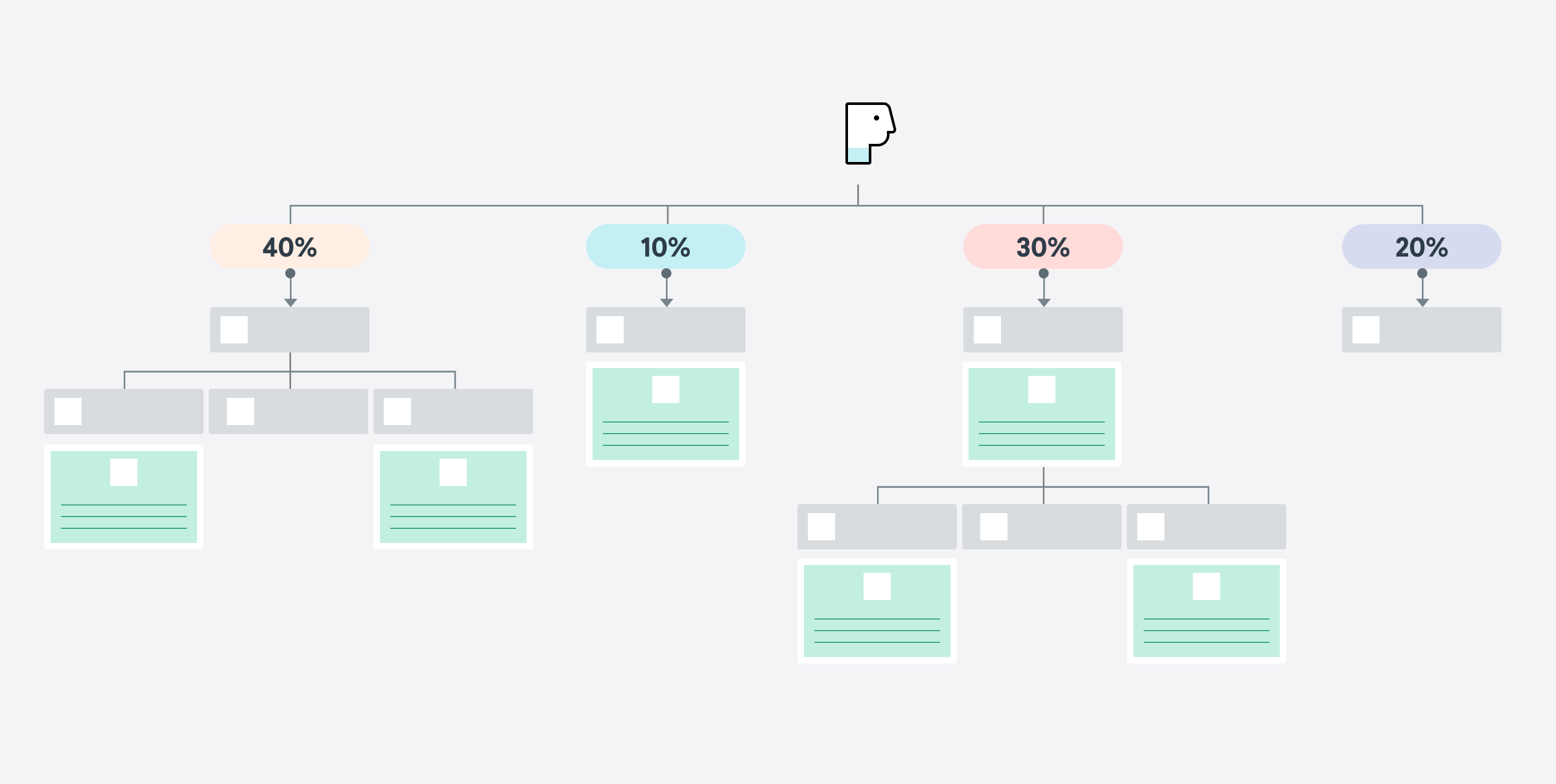
We made the call to prioritize this feature back then not because it was trendy, but because we knew that figuring out the right time to send a message was a pain point for marketers. Accordingly, we thought this feature could provide real value while taking weight off our customers’ minds. The fact that Intelligent Timing was deeply tied to the Braze platform’s orchestration and message-sending capabilities was also key, allowing us to add more intelligence to the product to create a positive impact on our customers’ ROI.
2016: Launching Automated Customer Journeys with Braze Canvas
Our next big innovation on the automation front wasn’t a traditional intelligence or predictive feature, but it played an essential role in our embrace of advanced automation. At the time, we’d seen some early AI marketing tools come onto the scene, and it got our team thinking about what our own AI capabilities should be. The conclusion we came to was that even more than AI, we needed to build out an automation engine at the core of our platform that could support future capabilities in a sustainable, scalable way. In order to make comprehensive experience creation easier, we made the decision to create Canvas (now known as Canvas Flow), our customer journey tool.
At Braze, we recognized that the AI models that were emerging around this time were powerful and beginning to see genuine traction. Around this time, one of our engineers tested out a proof of concept that used then-contemporary deep learning techniques to make predictions about actions that members of a given audience would (or wouldn’t) take. The results were unexpectedly impressive, showcasing the value that a true embrace of AI and advanced automation could have for our customers.
2018-Present: Solving Core Marketing Challenges with AI
That experiment helped the company align around a shared understanding of the potential impact of AI on customer engagement, and we agreed that we needed to take this shift seriously and invest accordingly.
In response, the Product team spun up a new Intelligence team, focused on leveraging data in conjunction with machine learning, statistics, and other related algorithms to support better, smarter customer engagement. The team was tasked with finding ways to use AI to solve core challenges that marketers face: Understanding how likely a user is to stick around, assessing whether a customer will or won’t make a purchase, etc. That work led first to the launch of the Braze Predictive Suite and to more customer adoption of our AI-related features, inspiring the team to double-down on future functionality development.
Although the team has created a number of highly impactful AI and advanced automation features over the years, building out tools that automate workflows and enhance the effectiveness and power of Braze is only part of their remit. The Intelligence team is also tasked with closely monitoring developments in the AI space—even smaller, subtle shifts—in order to pick up on potential innovations that other teams might miss. That focus allowed them to pinpoint the opportunity that generative AI presented before our competitors (and even the mainstream media) and implement our GPT-powered AI Copywriting Assistant and our AI Image Generator (powered by DALL-E) in May and December of 2022, respectively.
Final Thoughts
At its core, Braze is an automation company. Our central goal is finding ways to use automation to add value at every step and every stage for brands, marketers, and consumers alike. Sometimes that automation is buzzy and cutting edge like generative AI and sometimes it’s simple and skillful. But the real question is: Does it move the needle for our customers and their customers? If incorporating automation into Braze can save a marketing team ten hours of work a week or provide a better, more valuable experience for a consumer, it’s probably worth doing; if it doesn’t make a meaningful impact, it probably isn’t.
Interested in learning more about Braze and how we’ve leveraged AI and advanced automation to solve key marketing problems and drive better outcomes for our customers? Visit our Optimization Product Page for a better understanding of what we offer and how it supports more successful customer engagement.
Want to learn more about how AI can transform your customer engagement strategy? Register to join the AI in Action: Improve Every Step in the Campaign Lifecycle webinar.
Related Tags
Be Absolutely Engaging.™
Sign up for regular updates from Braze.
